Have you ever wanted to take a stunning close-up eye portrait with your iPhone but weren’t sure how? Taking superb close-up eye portraits with your iPhone is easier than you think! All it takes is a few tips and tricks, some practice, and the right lighting conditions. With these simple steps and adjustments, your iPhone can be perfectly suited to capture those mesmerizing close-up eye portraits that showcase the beauty of the human eye.
What is close-up and macro photography?
It involves taking photographs with very short focusing distances, which allows photographers to take pictures up close and personal with their subjects. Macro photography is often considered a subset of close-up photography since it requires even closer focusing distances than regular close-ups. Macro photographs usually focus on the details of small objects or organisms, like flowers or insects, while close-up photos focus more on large objects or environments.
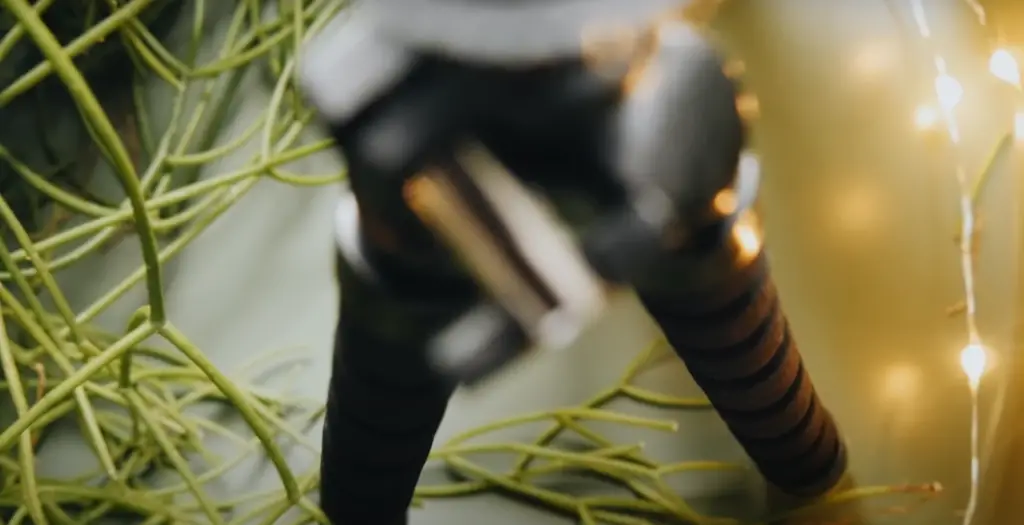
In order to capture these amazing shots, photographers need to use specialized equipment such as macro lenses, extension tubes, teleconverters, and close-up filters. Additionally, certain camera settings must be adjusted to achieve the desired results. By taking advantage of these tools and techniques, photographers can create stunning close-up and macro photographs that show off their creative vision.
Close-up and macro photography can be used for a variety of purposes including capturing detailed shots of nature for scientific research or simply creating beautiful art pieces. This type of photography can also be useful in commercial applications where products need to be photographed with great detail for marketing campaigns. Whether it’s capturing something small like an insect or documenting a large landscape in extreme detail, close-up and macro photography offers endless possibilities for the creative photographer [1].
Photographing Your Eye With An iPhone: 20 Tips And Tricks
Use a macro lens
Macro lenses are designed to focus on extremely close-up details. This makes them perfect for photographing your eye! Look for a macro lens attachment for your iPhone, or invest in an external macro lens if you’re serious about taking high-quality photos of your eyes.
Try using different angles
Different angles can really give your photos of your eyes some creative flair. Instead of photographing straight on, try tilting the camera at different angles and shooting from slightly above or below eye level. You may be surprised by how interesting shots you get from playing around with the angle!
Experiment with lighting
Lighting is especially important when capturing photographs of the human eye. Natural light is usually best, but you can also experiment with artificial lighting. Try using a reflector or diffuser to soften the light and minimize shadows.
Don’t forget about composition
Think about how you want your photo of your eye to look. Consider the rule of thirds or balancing elements in the frame for interesting compositions. You could even use negative space around your subject to create an eye-catching image!
Have your subject look at a fixed point
Having your subject look at a fixed point while you take the photo can create an interesting depth in your shots. Try having your subject look right into the camera for a more intense gaze or ask them to look off to one side for a softer expression.
Capture multiple shots
Taking multiple shots can help you capture different expressions and details of the eye. Try taking close-up shots as well as wider pictures with more context, so that you have lots of options when it comes time to choose your best shot!
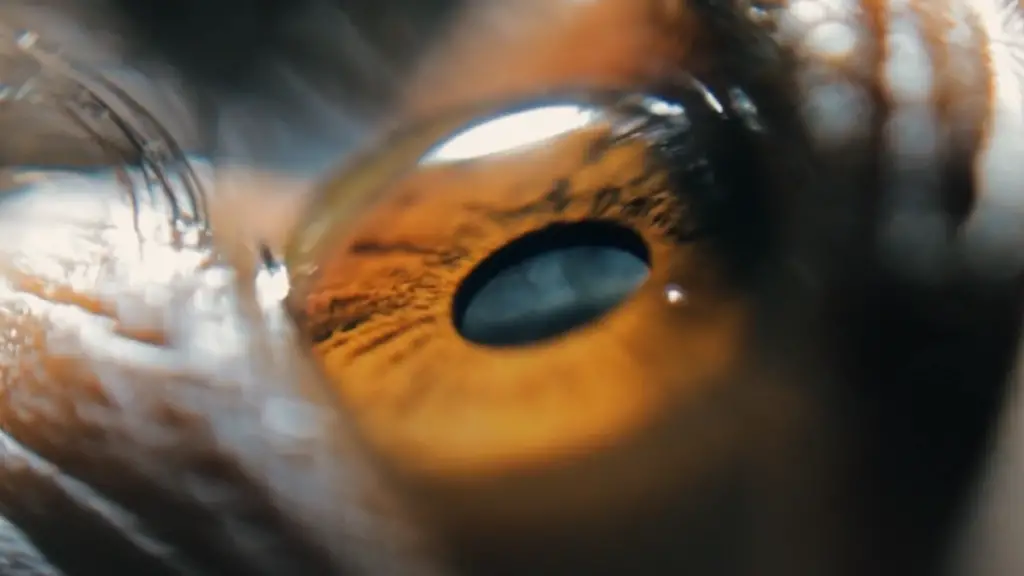
Try different backgrounds
Backgrounds are another important element in any photograph. You could use a solid background or try something more creative like using foliage or patterned fabric. Just remember to keep the focus on your eyes and not the background.
Create a catch light.
Catch lights are reflections of the light source in a person’s eyes. This adds sparkle and life to your shots, so try using a reflector or off-camera flash to create catchlights when photographing your eye.
Set your iPhone camera’s focus and exposure.
Your iPhone camera has settings to adjust focus and exposure, which can be used to get better photos. Tap and hold the part of the image you want in focus until the yellow focus box appears and then slide your finger up or down to adjust the exposure.
Use a tripod
Using a tripod will help keep your shots steady so that they look sharp and professional. If you don’t have access to a tripod, try propping your phone against something sturdy like a wall or table for more stability.
Use gridlines to balance your shot.
Gridlines are a great way to make sure that your photos look balanced and are composed correctly. Enable the gridlines in your iPhone’s camera settings so that you can use them when framing up shots of your eyes.
Try different perspectives.
Perspective can really change the look of a photograph. Try taking shots from different angles and distances to get creative with your photos. You could even try shooting through an object like binoculars or magnifying glasses for a unique effect!
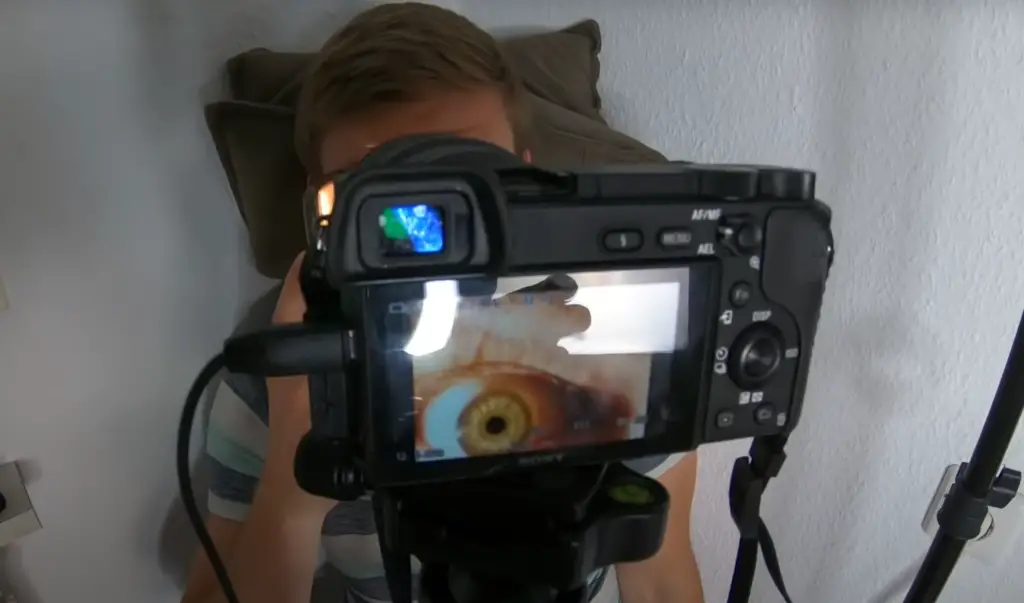
Let your eyes rest first to lessen the redness.
If you’ve been staring at a screen for a while, your eyes may look a bit red. Take some time to rest them before attempting to photograph them so that the redness is minimized.
Keep your eyes still to avoid losing focus
When taking photos of your eyes, they must stay still so that the focus stays on the eye. Ask your subject to avoid blinking or moving their eyes too much while you take the shot for the best results.
Use a shutter release cable.
A shutter release cable is an accessory that allows you to take pictures without touching your phone or having to set a timer. This can help you get sharper shots and give you more control over when the picture is taken.
Try using different filters
Filters can be used to add a creative touch to your photos. There are lots of filters available for iPhone cameras, so experiment with different ones and see which one you like best! For example, you could try a black-and-white filter or one that adds a dreamy look to your shots.
Try burst mode
Burst mode allows you to take multiple quick photos in succession, which can be useful when photographing eyes as there may be slight changes in the expression that you want to capture. Enable this feature in your camera settings and hold down the button for a few seconds when taking the photo.
Add the appropriate accessories
Using the right accessories can make a huge difference in the quality of your photos. Invest in a good external macro lens for close-up shots, as well as a reflector or diffuser to soften the light and create catchlights. You may also want to invest in a tripod or shutter release cable for more professional results.
Use a hardware shutter.
If you’re serious about photography, then investing in a hardware shutter is a good idea. This will allow you to take pictures without touching your phone or having to set a timer, which can help you get sharper shots and give you more control over when the picture is taken.
Edit your photos for an extra creative touch
Editing your photos after taking them can really add some creative flair. Use apps like Adobe Lightroom to adjust exposure, saturation, contrast, and other settings to make your pictures stand out! Just remember that less is often more when it comes to editing photos of eyes [2].
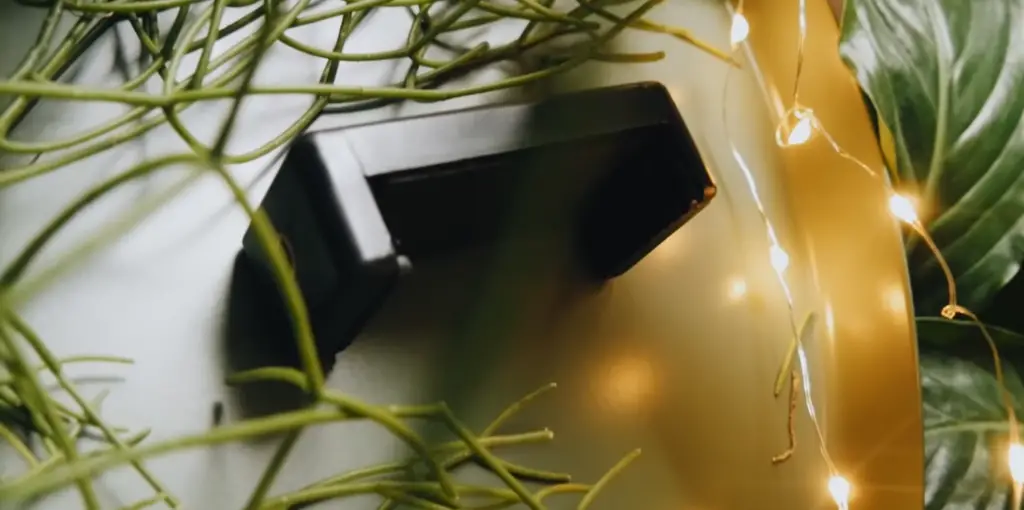
Camera Settings for Macro Eye Photography
ISO
When shooting macro eye photography, setting the ISO as low as possible is ideal. By keeping the ISO low, you’ll get sharper images and less noise or grain in your photos. When using a high-end DSLR camera, keep the ISO between 100 and 200 for the best results. If you need more light when photographing in darker environments, increasing your aperture to a higher number should do the trick.
Aperture
Choosing the right aperture is key when shooting macro-eye photography. A smaller number like f/4 will give you a shallow depth of field so that only parts of your subject are in focus while larger numbers like f/16 will provide greater image sharpness from front to back; however, this will require more light. To get the best of both worlds, try to stay in the middle range and use an aperture between f/5.6-f/11 which should give you enough depth of field while still maintaining decent sharpness.
Shutter Speed
When shooting macro eye photography with a DSLR camera, shutter speed is not as important as it is when shooting other types of photography since you are typically not capturing any motion. However, if you are using flash or natural lighting, then a slower shutter speed can help create softer images that don’t have too much shadow or harsh contrast. Try to keep your shutter speed around 1/125th -1/250th for the best results.
White Balance
White balance is necessary when shooting macro eye photography to make sure that all the colors in your photos look natural and accurate. If you’re unsure of what white balance setting to use, try taking some test shots using different settings until you find one that looks best for your particular situation. It’s also important to note that if you are photographing outside during the day, you should adjust your white balance accordingly.
Focus Mode
When shooting macro eye photography, it’s important to set your focus mode correctly so that your subject stays sharp throughout the entire shot.
Metering Mode
The metering mode is an important setting when shooting macro eye photography since it helps the camera determine how much light is needed for correct exposure. If you’re unsure of what metering mode to use, try out different settings until you find one that gives you the best results. For most macro shots, using spot metering usually works well since it takes a single measurement from a small area in the frame and adjusts the exposure accordingly.
Exposure Compensation
When shooting macro eye photography, exposure compensation is a great way to ensure that your photos look exactly how you want them to. If the camera is not giving you the results that you want, simply adjust the exposure compensation until it looks right. This setting can be used for both under and overexposure so feel free to experiment with different settings and find one that works best for your particular situation [3].
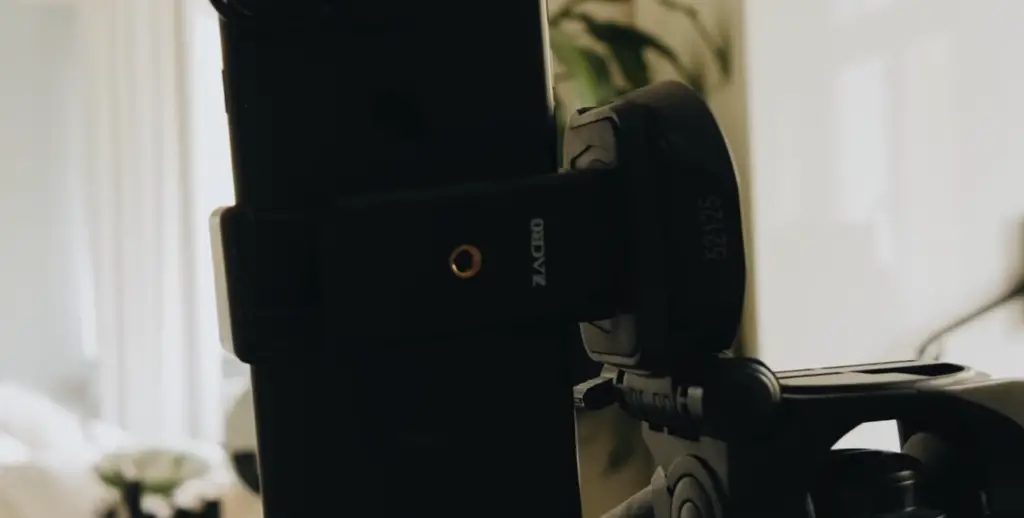
How to Light Macro Pictures of Eyes?
Natural Light
The best way to light macro pictures of eyes is to use natural light. You should find a spot with plenty of soft, diffused natural light and place your subject in that area so they are facing the window or other source of light. Make sure the lighting is not too harsh or you risk creating harsh shadows on the eye that will be difficult to fix in post-processing.
Artificial Light
If you need more control over the lighting for your macro eye shots, you can also use artificial lights such as flash units or studio strobes. Position the lights so they are both pointing towards the subject’s face at slightly different angles to create a more three-dimensional look to the photograph. If you have multiple lights, you can also use them to fill in shadows or accentuate certain areas of the eye.
Backgrounds
When taking macro shots of eyes, it’s important to consider the background that will be featured in the image. A plain white or black backdrop works best as it won’t compete with your subject and draws attention directly to their eyes. You can also experiment with colored backdrops to create more interesting compositions.
Camera Settings
When shooting macros of eyes, make sure your camera settings are set correctly for capturing the details and sharpness of the eye. Set your aperture at f/8 or higher so you get a greater depth of field and everything is in focus from front to back. Your shutter speed should also be kept relatively fast to avoid blur due to camera movement. Finally, use a high ISO setting so you can capture all the intricate details of the eye.
Flash/Strobe Settings
If you are using artificial lights, make sure to adjust the output and angle of the flash or strobe to create a more natural look. Point the light slightly above your subject’s face at an angle so it is not too harsh or direct. You can also try bouncing off walls or ceilings to create different lighting effects.
Lighting Direction
When lighting your macro eye shots, it’s important to think about where the light is coming from. Ideally, you want the main light source to be coming from above and slightly in front of your subject. This will create a more three-dimensional look and help bring out details like eyelashes and wrinkles on the skin around the eyes. Additionally, adding a second light or reflector can help fill in any unwanted shadows that may be created by the primary light source.
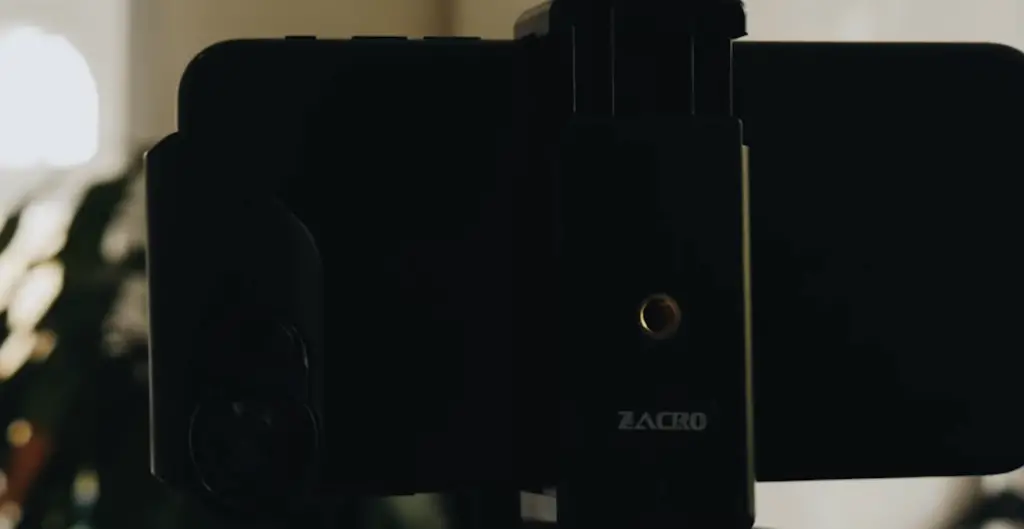
Post Processing
Finally, don’t forget to do some post-processing work after shooting your macro eye images. You can use post-processing software such as Adobe Lightroom or Photoshop to adjust levels, color balance, sharpness, and other aspects of your photograph for a more polished look [4].
Editing Your Macro Eye Shots to Bring Out Details
Now that you have your macro shot, it’s time to start editing. The digital age has opened up a whole new world of possibilities when it comes to post-processing our images. Even if you don’t have access to professional software like Adobe Photoshop or Lightroom, several free online photo editors such as Pixlr and Fotor can do the job for basic adjustments. The most important step is to adjust the exposure so that all fine details in the image are visible. This detail will help bring out the intricate patterns and colors of your subject matter. Always remember to preserve natural color tones as much as possible – over-manipulating them can result in an unnatural look.
The next step is to use some sharpening tools to make sure the image looks crisp and clear. Sharpening is very important for macro images because it brings out all the tiny details that you want your viewers to see. A simple sharpened slider or even a high pass filter can help bring back lost details if they were washed out in the exposure editing process. Applying just the right amount of sharpening can help make your macro shots look more professional and vibrant.
Finally, a good color adjustment should be applied to make any colors stand out from one another as much as possible. This will emphasize the beauty of your subject matter and add drama to the photo by bringing up certain brightest areas while slightly darkening other parts of the image. Make sure to use the right color balance and vibrancy adjustments as well, to create an image with a more three-dimensional look.
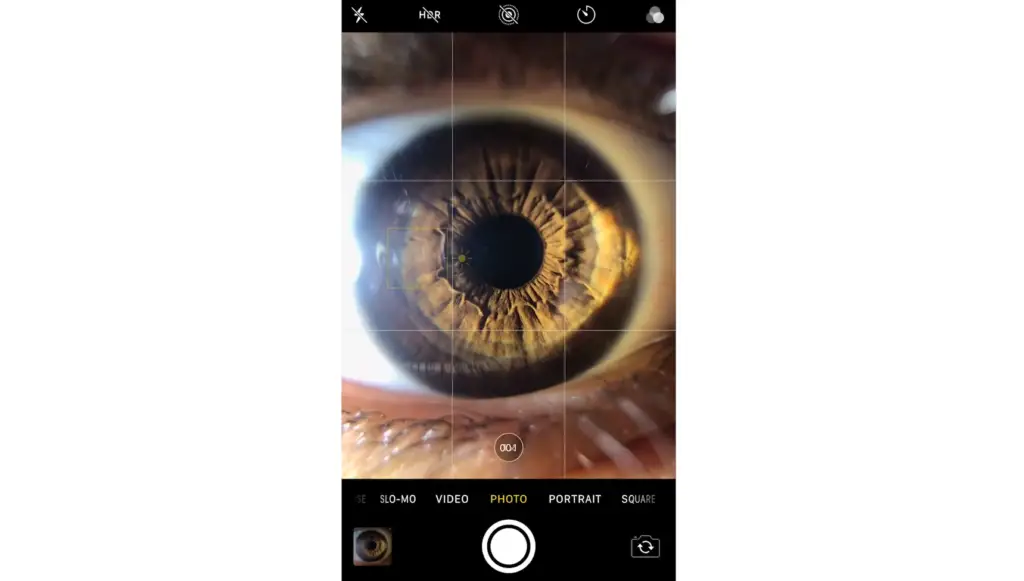
FAQ
How do you take a clear eye picture on an iPhone?
Taking a clear eye picture on an iPhone is easy. The first step is to make sure your iPhone has the front-facing camera enabled. Then, open the camera app and switch to the selfie mode. Make sure you have good lighting in the room and adjust it as necessary for best results. To get a clearer shot, tap and hold your finger on the screen until you see AE/AF Lock appear at the top of the screen. This will help make sure that your focus stays steady throughout the entire photo so you can get a crisp image without any blurriness. Finally, take your picture and then review it before saving or sharing it with friends!
Are there any tips for taking better pictures with my iPhone?
Yes, absolutely! Here are some tips:
- Make sure you have plenty of light to work with. Natural light is best for the clearest pictures.
- Tap and hold your finger on the screen until AE/AF Lock appears at the top — this will help keep your focus steady.
- Use HDR (High Dynamic Range) mode if available for higher quality photos.
- Use portrait mode for sharper images and more depth of field in your photos.
- Experiment with different angles to find one that looks great in the picture.
- Take multiple shots and review them before deciding on which one to save or share.
How do you take close-up eye pictures?
Taking close-up eye pictures requires a steady hand and good lighting. First, make sure your iPhone has the front-facing camera enabled. Then, open the camera app and switch to selfie mode. Use natural light or a ring light for best results. Position your phone about two inches away from your face and make sure you are in focus by tapping and holding your finger on the screen until AE/AF Lock appears at the top of the screen. Finally, take multiple shots at different angles before deciding which one looks best! Review it before saving or sharing it with friends.
What is HDR photography on an iPhone?
HDR (High Dynamic Range) photography is a great way to capture more details in brightly lit scenes with an iPhone. When you enable HDR mode on the camera app, your iPhone will take three pictures at different exposures and combine them to create one image with all the details in the dark and light areas. This is especially useful for outdoor photography or when shooting against bright lights. Just make sure to use a tripod or place your phone on a stable surface when using HDR mode as any movement may result in blurry photos.
How do I make my iPhone focus close up?
To make your iPhone focus close up, you’ll need to enable the front-facing camera. Then open the Camera app and switch to selfie mode. Position your phone about two inches away from your face and tap and hold your finger on the screen until AE/AF Lock appears at the top of the screen. This will keep your focus steady so that you can take a crisp image without blurriness. Finally, take multiple shots at different angles before deciding which one looks best! Review it before saving or sharing with friends.
How do I get better lighting for my iPhone pictures?
Getting better lighting for iPhone photos is easy – just use natural light! Natural lighting is always preferable when taking pictures withTo make your iPhone focus close up, you need to enable the front-facing camera. Then, open the camera app and switch to selfie mode. Position your phone about two inches away from your face and tap and hold your finger on the screen until AE/AF Lock appears at the top of the screen. This will help keep your focus steady throughout the entire photo-taking process so that you can get a crisp image without any blurriness. Finally, take multiple shots at different angles before deciding which one looks best!
Which iPhone has a macro lens?
The iPhone 11 Pro and iPhone 11 Pro Max both have a telephoto lens that can be used to take macro shots. This means you can get up close and personal with your subjects, allowing you to capture intricate detail in the photos you take. To use the macro lens, open the Camera app and switch to the 2x lens mode. Then adjust your focus by tapping and holding your finger on the screen until AE/AF Lock appears at the top of the screen. Taking clear eye pictures with an iPhone is now easier than ever!
Useful Video: MACRO Photography With iPhone 13 PRO
Conclusion
Taking close-up eye pictures with an iPhone is a great way to capture small details that can be easily missed with the naked eye. However, it can be challenging due to the limitations of the iPhone camera and requires some knowledge of photography techniques as well as patience. With practice, anyone can master the art of taking close-up photographs with their iPhone and create beautiful images they will cherish for years to come.
References
- https://expertphotography.com/difference-between-macro-micro-and-close-up-photography
- https://photovideolounge.com/584/how-to-photograph-your-eye-with-an-iphone-15-tips-and-tricks/
- https://www.peerspace.com/resources/eye-photography/
- https://skylum.com/blog/eye-photography-how-to-take-macro-pictures-of-eyes






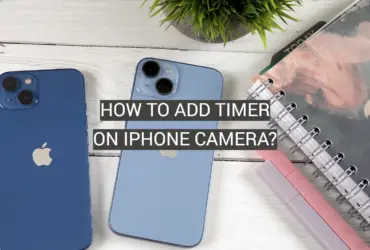
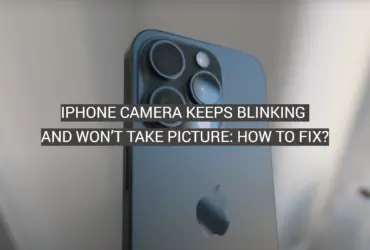
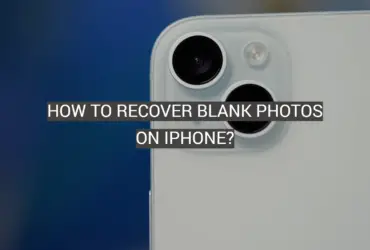
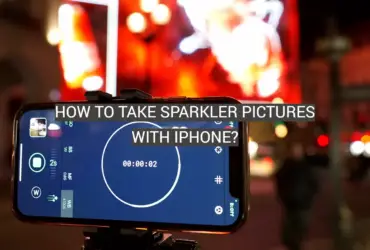
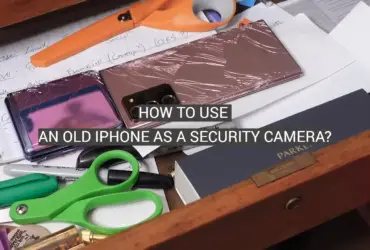
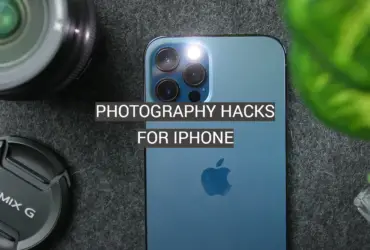
Leave a Reply